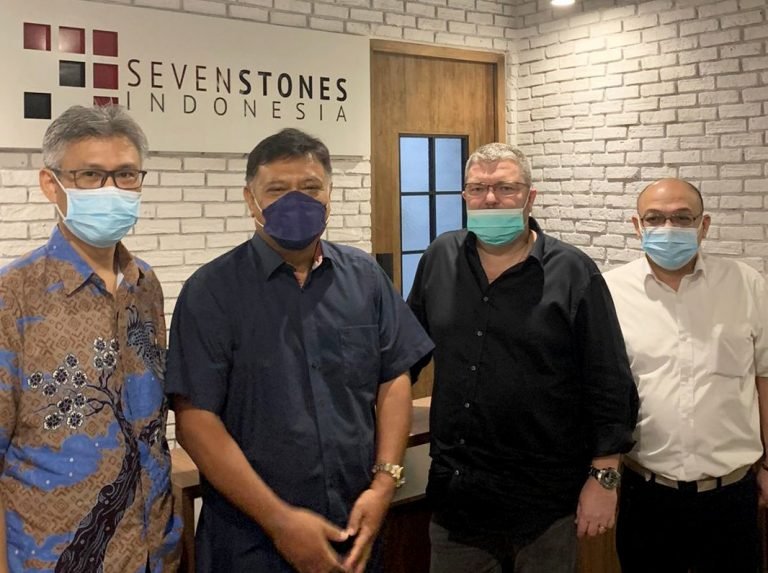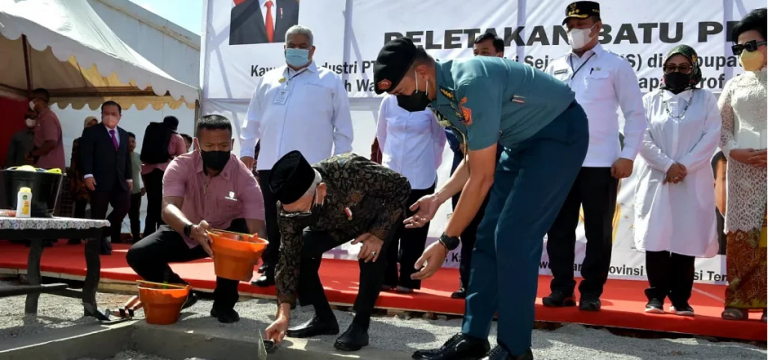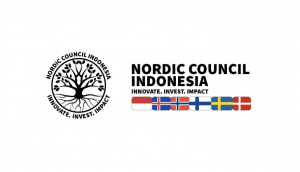Bali is a stunning island with breathtaking nature, but more than anything, it’s the island’s rich culture and warm, gracious people that have enchanted visitors for over a century.
But: While tourist numbers are undeniably up, the real economic value — the actual “money in the pocket” per tourist — may be declining, giving a misleading impression of true growth.
Today, debates rage about “quality tourism” versus “overtourism”, yet few back their arguments with solid facts and clear figures. Interestingly, concerns about overtourism in Bali are not new — a Dutch newspaper flagged it back in 1934.
When the World Bank launched the Nusa Dua project, it also noted this could mark the beginning of the end for Bali’s unique culture. In 1989, Arild Moldstad’s travel guide “Where Shall We Travel Before It’s Too Late?” warned about tourism’s impact on fragile cultures, yet praised Bali for maintaining its identity better than most. But what about today?
Is Bali truly prospering from this boom, or are deeper problems brewing beneath the surface?
In this blog, I’ll unpack the difference between relative and absolute growth, inflation’s role, the reality of overtourism, and why sustainable strategies are vital for Bali’s future.
The Rising Arrival Statistics
Let’s start with some facts:
- In 2023, Bali welcomed 5.27 million foreign visitors.
- In 2024, arrivals jumped to 6.3 million, fully recovering to pre-COVID levels for both domestic and international tourists.
- 2025 figures are already on track to surpass last year’s record.
At first glance, this looks like excellent news — and for government revenues and the real estate sector, it is. But are we analyzing it deeply enough?
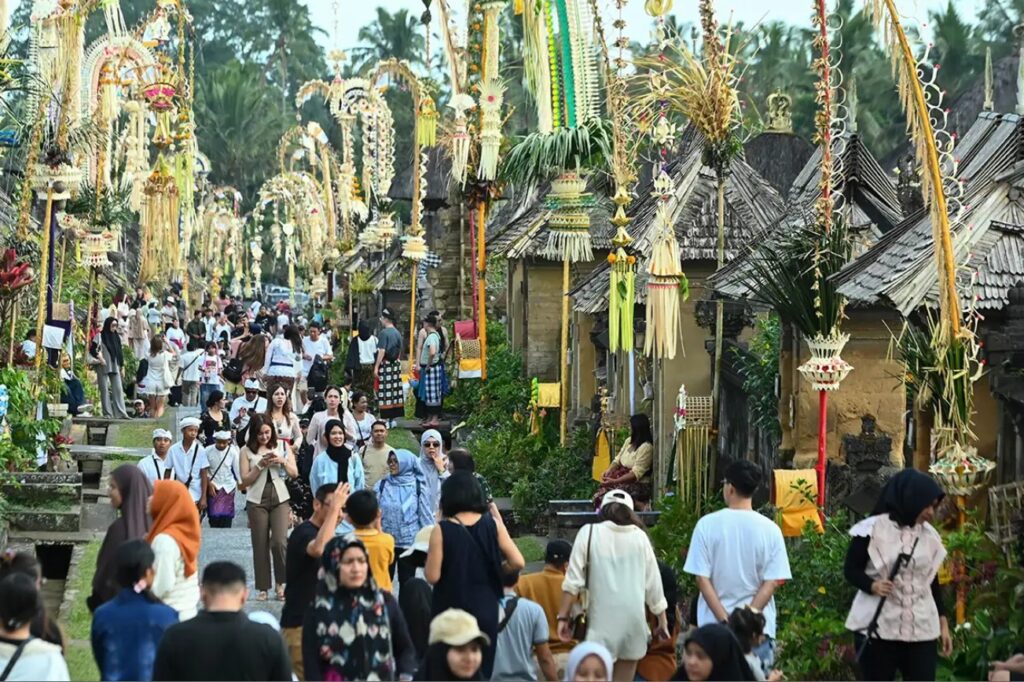
The Erosion of Real Money Value
- Inflation’s Bite
Indonesia’s inflation over the last 30 years tells a clear story: the rupiah’s value has eroded significantly. The Asian Financial Crisis hit Indonesia hardest, with inflation spiking over 50%. Since then, it has settled to 2–3.5% annually, but decades of high inflation still matter.
- Currency Fluctuations
The rupiah has weakened steadily against the US dollar and other major currencies. For tourists, a weaker rupiah means they get more for their dollars — but this can reduce the real foreign currency injection into the local economy.
- Discounting & Price Wars
Oversupply has led to price wars and deep discounts. Higher occupancy looks good in marketing reports but hits resorts’ and villas’ bottom lines hard. Notably, premium and eco-focused resorts are exceptions, managing to hold rates while boosting occupancy.
- Budget vs. High-Value Tourism
Everyone talks about shifting back to “high-value” visitors, but few agree on what that means or how to achieve it. Real change requires clear branding and tackling persistent infrastructure and waste challenges.
The Consequences of Relative Growth
Overtourism & Infrastructure Strain
I believe Bali could handle even higher tourist numbers — but not with the current infrastructure. Action is urgently needed from both central and provincial governments.
- Traffic congestion: Once-easy routes between Canggu, Seminyak, and Ubud now take half a day, with total gridlock common in hot spots.
- Waste management: Bali’s waste crisis makes headlines worldwide. Recent efforts are better, but systemic solutions — from household sorting to recycling — need real enforcement and proper funding.
- Water scarcity: Over-drilling deep wells in Canggu, Seminyak, and now Uluwatu risks groundwater depletion and even geological instability. Bali’s chronic water shortages partly stem from inefficient use in agriculture — another issue needing long-term solutions.
Economic Leakage & Marginalization
- A significant share of tourism revenue leaks off-island via big international operators, foreign-owned resorts, and imported goods. Regulations alone won’t solve this; we must build local skills and competitiveness.
- Rising land prices squeeze locals out of the market, fueling gentrification. The recent trend toward long-term leases helps keep land ownership local for future generations.
- While large foreign corporations may extract profits, smaller expat-run businesses typically reinvest locally — paying taxes, employing locals, and attracting new markets. These businesses should not be lumped into the current wave of “bule bashing”.
Socio-Cultural Impact
“Cultural dilution” and disrespect for local traditions have long been talking points. Bali’s culture is its biggest draw, so it must be protected. Solutions could include involving expats and long-term residents more deeply in community life, like Banjar structures. Open, respectful dialogue — a hallmark of Balinese culture — is crucial for balancing development and tradition.
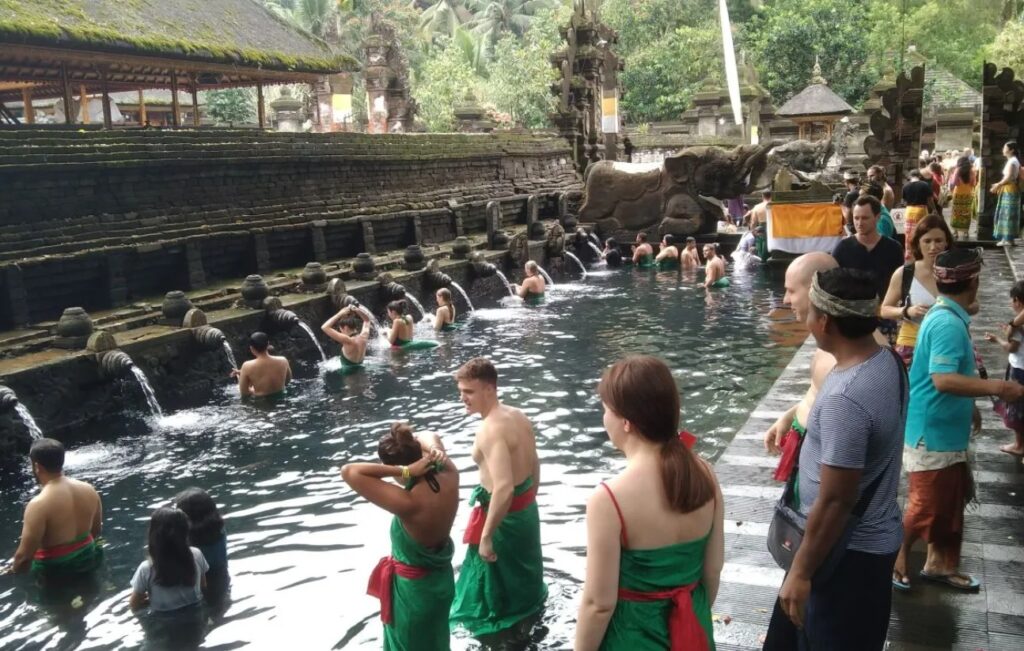
Towards a Sustainable Future: Shifting the Paradigm
Beyond Quantity: Focus on Quality
We need to target travelers who value — and can afford — high-quality, low-impact experiences:
- Luxury holidaymakers and villa renters
- Wellness and healing retreat guests
- High-end honeymooners
- Affluent families wanting privacy and service
- MICE (Meetings, Incentives, Conferences, Exhibitions) groups
- Culinary tourists, culture-seekers, eco-luxury travelers
Premium Offerings & Experiences
Accommodation: Invest in boutique resorts, luxury villas, and branded residences that offer true exclusivity — not just mass-market rooms at premium prices.
Experiences: Create curated, high-end activities: private temple visits, art workshops with Balinese masters, yacht charters, premium golf courses, and upscale marinas.
Wellness & Health Tourism: Position Bali as Asia’s healing island with cutting-edge spas, functional medicine, detox programs, and longevity retreats. This is a lucrative, sustainable niche.
Gastronomy: Attract Michelin-level chefs and host world-class food festivals showcasing both Balinese and fusion cuisine.
Upgrade Infrastructure & Protect the Environment
No quality brand can thrive if visitors face trash, traffic jams, and erratic utilities.
- Clean, safe, well-maintained public spaces are non-negotiable.
- Improve roads, signage, broadband, power, and water supply.
- Protect forests and beaches — Bali’s natural beauty must remain pristine.
Strengthen Branding & Storytelling
This is Bali’s weakest link right now. It’s time to reposition the island from a cheap party hub to a premium, authentic, healing paradise.
- Highlight Bali’s deep spirituality, unique crafts, and cultural richness.
- Use high-end imagery and PR campaigns in luxury travel media.
- Promote eco-tourism and responsible travel as the norm, not the niche.
Enforce Policies & Empower Locals
Regulations exist — they must be properly enforced, clarified, and communicated. New environmental laws and cultural compliance rules are steps in the right direction, but implementation and clear examples matter most.
Finally, empower SMEs, artisans, and community-based tourism. Local people must benefit directly from Bali’s wealth.
Visitor Responsibility
Tourists, too, must play their part — respect local customs, minimize waste, and travel consciously.
Conclusion
In short: while Bali’s arrival numbers continue to grow, the hard figures reveal that all is not well beneath the surface. A full re-evaluation of tourism strategy is vital — for the Balinese people, the island’s culture, the environment, and all stakeholders.
Having witnessed Bali’s evolution over decades, I remain optimistic. With collective commitment, we can find solutions and shape a brighter, more balanced future for the Island of the Gods.
Curious about the specific trends and figures shaping Bali’s tourism? Ross Woods, CEO and Founder of Hotel Investment Strategies, has conducted thorough research, presenting the numbers and insights on these critical topics. You can explore his studies here via these links:
— Bali Hotels 2008–2024: The Real Story Behind the Numbers
— Bali’s Domestic Star-Rated Hotel Market (2004–2024): A 20-Year Shift in Traveler Preferences
— Ubud (2008–2024): Evolution or Erosion? Reassessing Bali’s Cultural Core in the Post-Pandemic Era
— Jimbaran & Uluwatu (2008–2024): A Tale of Resilience, Repositioning, and Rate Recovery
What do you think?
Share your thoughts on Bali’s tourism paradox in the comments below — your ideas matter!


